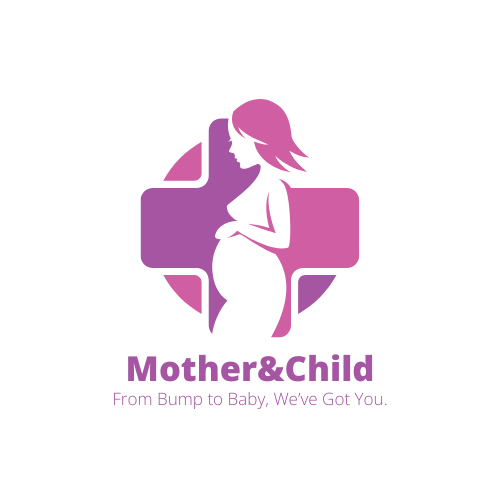🎓 Learning Goal for This Lesson:
To help learners understand what jaundice is, why it matters for newborns (especially in African settings), and how to recognize it early.
📖 Definition of Jaundice
Jaundice is the yellowing of the skin, eyes (white part), and sometimes palms or soles in newborns. This happens when there is too much bilirubin in the baby’s blood.
🔍 Bilirubin is a yellow pigment made when the body breaks down old red blood cells. Normally, the liver processes it and helps the body get rid of it in stool and urine. But newborn livers are immature and slow, especially in the first week of life.
⚠️ Key Point:
“Jaundice is not a disease—it is a sign that something may be wrong, especially if it starts early, gets worse, or lasts long.”
🧠 Why Is It Important to Know About Jaundice?
In many African countries, jaundice is:
-
Under-recognized at home
-
Misunderstood as a spiritual or traditional issue
-
Dangerously delayed in seeking medical help
Untreated severe jaundice can lead to:
-
Brain damage (kernicterus)
-
Deafness
-
Poor school performance later in life
-
Death in severe cases
🌍 African Context:
Many rural families still treat jaundice with herbs, exposure to morning sun, or “waiting it out”. Early recognition, safe home care, and knowing when to refer can save lives.
🔎 According to a study in Nigeria:
“Delayed presentation to hospital for jaundiced newborns was associated with poor outcomes.”
(Source: PubMed – PMID: 33006312)
📘 Types of Jaundice in Newborns
| Type | Description | Danger? |
|---|---|---|
| Physiological Jaundice | Normal, appears 2–3 days after birth, goes away in about a week | Usually safe |
| Pathological Jaundice | Appears within 24 hrs, lasts >10 days, or comes with other symptoms | Needs urgent care |
| Breastfeeding Jaundice | From low breast milk intake early on | Mild, but monitor |
| Breast Milk Jaundice | Due to substances in breast milk affecting bilirubin breakdown | Often harmless |
📊 Curated Tools & Learning Resources
-
WHO Clinical Pocketbook on Neonatal Care
https://apps.who.int/iris/handle/10665/42633 -
Bilirubin Charting App (for CHWs)
https://www.bilitool.org -
Case Study on Delayed Jaundice Referral in Sub-Saharan Africa
https://doi.org/10.1016/j.jpeds.2017.08.042 -
University of Global Health Equity (Rwanda) – Neonatal Training Toolkit
https://www.uge.ac.rw/toolkits (search: neonatal jaundice) -
Kenya Paediatric Association Guidelines
https://www.kenyapaediatric.org
💬 Local Language Explanation (Swahili snippet)
“Kuwahi kuona mtoto ameyeyuka macho au ngozi si jambo la kawaida. Hii si laana wala uchawi – ni kiashiria cha tatizo la kiafya. Tumezaliwa na maini dhaifu—hii ni kawaida, lakini usipokuwa makini, madhara yake ni makubwa.”
🧪 Mini Quiz: Lesson 1 – What is Jaundice?
Question 1:
What is the main cause of jaundice in newborns?
A. Infection in the lungs
B. Immature liver unable to process bilirubin
C. Too much breastfeeding
D. Poor hygiene
✅ Correct Answer: B
Rationale: Newborns have immature livers that can’t break down bilirubin efficiently, leading to a yellow pigment buildup.
Question 2:
Which of the following is NOT a symptom of newborn jaundice?
A. Yellow eyes
B. Sleepiness
C. Cough
D. Yellow palms
✅ Correct Answer: C
Rationale: Cough is not a symptom of jaundice. Yellowing and lethargy are more typical signs.
Question 3:
What type of jaundice usually appears within 24 hours and needs urgent attention?
A. Physiological jaundice
B. Pathological jaundice
C. Breastfeeding jaundice
D. Umbilical jaundice
✅ Correct Answer: B
Rationale: Pathological jaundice appears early and may indicate an underlying issue that needs immediate medical evaluation.
Question 4:
In African contexts, what is a common but dangerous myth about jaundice?
A. It is a normal sign of a healthy baby
B. It can be treated by looking at the sun
C. It is caused by the mother’s anger
D. It is cured by sugar water and herbs
✅ Correct Answer: D
Rationale: Many harmful myths persist—using herbs or sugar water delays proper treatment and can worsen the condition.
📝 Assignment for Learners:
“Talk to a mother or grandmother about what they know about jaundice. Write down the beliefs, compare them with today’s lesson, and share what you learned in your study group or community WhatsApp forum.”
✅ Summary Points:
-
Jaundice is common but can be dangerous.
-
It’s caused by a build-up of bilirubin from red blood cells.
-
Early signs include yellowing eyes and skin.
-
Most cases are mild, but some need urgent care.
-
Cultural beliefs must be addressed with compassion and facts.


